Epoxy Flooring

What is epoxy?
Epoxy also known as polyepoxite is a thermo set produced by the bonding of two compounds, the epoxide which is the resin and polyamine which is the hardener. The result of the mixture is a tough sealant that is resistive to chemical absorption.
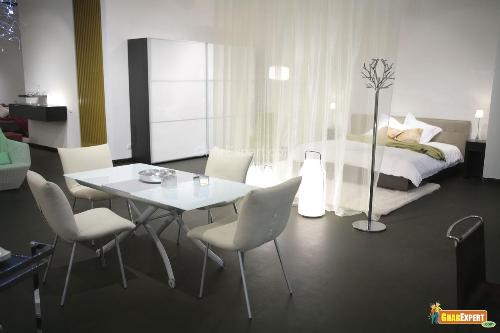
What are uses of epoxy?
Epoxy has many uses in the construction industry.
Other uses of epoxy are in industrial tooling, electrical systems, marine application and aerospace industry.
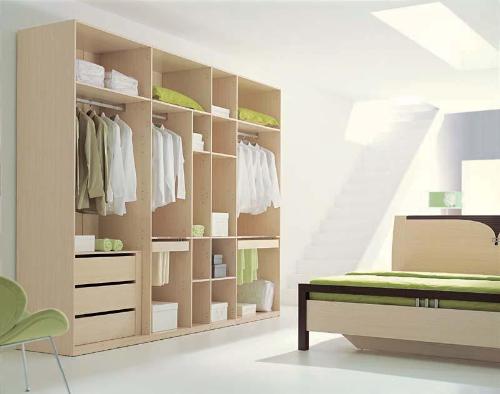
(This picture is contributed by "Swati Sharma")
What is epoxy flooring?
Epoxy flooring may be generally defined as several layers of any type of epoxy resin that is applied on a floor surface. The applied epoxy on the flooring should have a minimum of 2mm in thickness.
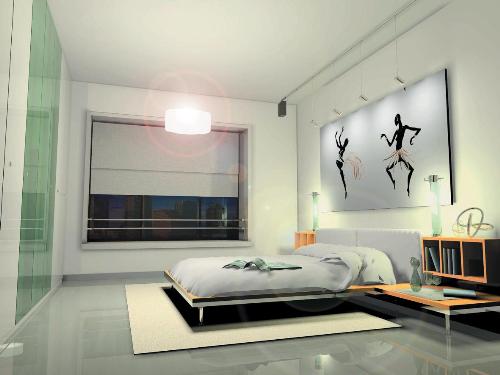
(This picture is contributed by "Nidhi")
What are the uses of epoxy flooring?
Epoxy flooring is applied to places where the floors need to be slip resistant. These places include pedestrian lanes, warehouses, loading bays, and areas where there is constant traffic by load carrying trucks.
This type of floor coating is also used where there is a need for clean, dust-free, easily maintained environments. Facilities that manufacture electronic, chemical, cosmetic and food products are industries that need high sanitary measures.
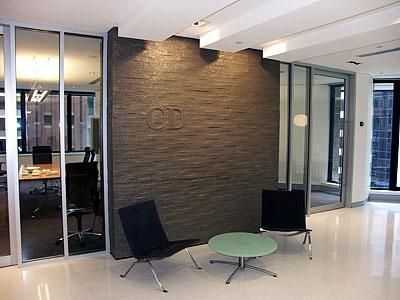
(This picture is contributed by "Monu Jangid")
What are the types of Epoxy flooring?
There are three main types of epoxy flooring. The solvent borne epoxy, waterborne epoxy, and the 100% solids epoxy. These categories are according to the type of fluids mixed. Epoxy coatings used on floors can be both applied on the flooring of homes and factories. They are flexible and durable and can form a decorative terrazzo flooring when applied on home floorings.
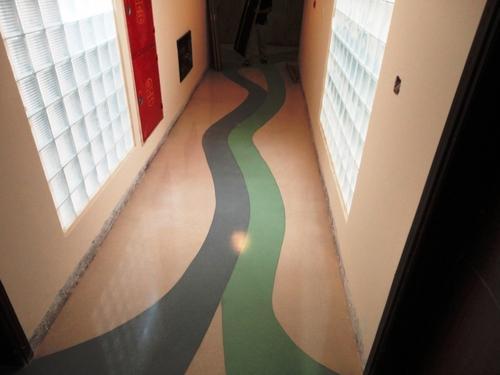
(This picture is contributed by "Nenni")
Solvent Borne Epoxy is a type of solvent when applied leaves a hard epoxy coating.
There are disadvantages in using solvent borne epoxy. It is combustible and can be toxic when vapors that have evaporated from the solvent borne epoxy are inhaled.
A more environmentally friendly alternative would be the waterborne epoxy. It provides a high degree and resistive coating to concrete and metal surfaces. The waterborne epoxy can easily blend to other waterborne polymers when modified latex adhesives are needed. It can vary on thickness of its application on surfaces and water alone can clean it easily. Though considered safer than other epoxy flooring, it still contributes negative impacts to the environment in a certain degree.
(This picture is contributed by "Nenni")
Applying Epoxy Coating....
The 100% Solids Epoxy is a type of epoxy flooring that has the least negative impact to the environment. The drawback to this advantage though, is that, since it is a 100% solids epoxy, therefore it is harder to apply. With having a mixture that has lesser fluid carrier, the viscosity or the tackiness of this epoxy is quite high. Though having this disadvantage, it can still be flexible to certain applications. A need of having a dry run for its use can be advantageous before applying it to a surface.
What are the benefits of using epoxy flooring?
When applied correctly, epoxy floors are extremely durable and resistant to chemical spills, stains and dust. It is also slip-resistant and easily cleaned. The epoxy flooring comes in with several colors that includes clear, slate or silver gray, and can also have specific colors like white or dark based color tinted.
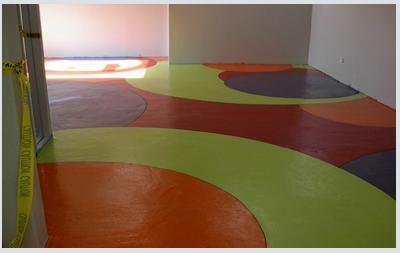
You can give any color to your floor...Like this.
;
 A nice flooring lets your feet walk on it comfortably as well as adds to the beauty of the home. Flooring also reflect your lifestyle and traits. So dont go blindfolded for choosing the flooring. Here are details of diiferent types of flooring trend
A nice flooring lets your feet walk on it comfortably as well as adds to the beauty of the home. Flooring also reflect your lifestyle and traits. So dont go blindfolded for choosing the flooring. Here are details of diiferent types of flooring trend
 Cork is a new option for flooring these days. Cork is made from oak tree and gives a natural feeling for flooring in home or for your work area. Find out more about cork flooring right here.
Cork is a new option for flooring these days. Cork is made from oak tree and gives a natural feeling for flooring in home or for your work area. Find out more about cork flooring right here.
 Bamboo flooring is noiseless and adds prettiness to interior of your home. It is tough, durable and environment-friendly. Here is what we should know about bamboo flooring.
Bamboo flooring is noiseless and adds prettiness to interior of your home. It is tough, durable and environment-friendly. Here is what we should know about bamboo flooring.
 Terrazzo flooring is popular for residential as well as public buildings since it is not slippery when wet.
Terrazzo flooring is popular for residential as well as public buildings since it is not slippery when wet.
 Hardwood flooring is one of the expensive yet elegent flooring option. Its installation is not that typical but still needs a lot of care as a flooring not done carefully could get damaged quickly.
Hardwood flooring is one of the expensive yet elegent flooring option. Its installation is not that typical but still needs a lot of care as a flooring not done carefully could get damaged quickly.
 Concrete Flooring is one of the most cost efficient flooring techniques available to a home owner, here is all you will need to know for laying the cement concrete flooring.
Concrete Flooring is one of the most cost efficient flooring techniques available to a home owner, here is all you will need to know for laying the cement concrete flooring.
 The type of flooring you choose depends on the location you are using it for. But if you are confused about the selection of best flooring for your rooms like what to choose for bedroom, bathroom, children’s room and so on, this write-up is just for you.
The type of flooring you choose depends on the location you are using it for. But if you are confused about the selection of best flooring for your rooms like what to choose for bedroom, bathroom, children’s room and so on, this write-up is just for you.
 Proper maintenance of flooring is required to retain the beauty of floors and home as well. The flooring preserved nicel
Proper maintenance of flooring is required to retain the beauty of floors and home as well. The flooring preserved nicel
 Flooring whether in drawing room or in living room is basic component and a good design of floor not only looks elegant but also reflects your life statement. Ceramic tiles are a good option for designer flooring. Find out more ceramic tiles flooring here.
Flooring whether in drawing room or in living room is basic component and a good design of floor not only looks elegant but also reflects your life statement. Ceramic tiles are a good option for designer flooring. Find out more ceramic tiles flooring here.
 Crazy marble floor is suitable for Drive way, Courtyard, Verandah etc. When marble flooring is installed in the main building the wastage and cut pieces can be utilized in laying this flooring.
Crazy marble floor is suitable for Drive way, Courtyard, Verandah etc. When marble flooring is installed in the main building the wastage and cut pieces can be utilized in laying this flooring.
 Kota stone flooring is a subtle blend of grandeur and luxury giving the interior and exterior a gorgeous look.......
Kota stone flooring is a subtle blend of grandeur and luxury giving the interior and exterior a gorgeous look.......
 To get maximum ventilation and natural light in your house, make sure the building is properly oriented. Orientation of building saves energy and provides comfortable living as well. This article tells you about various factors and benefits of building orientation.
To get maximum ventilation and natural light in your house, make sure the building is properly oriented. Orientation of building saves energy and provides comfortable living as well. This article tells you about various factors and benefits of building orientation.
 Preview some of the most impressive pictures of kitchen from GharExpert Gallery.
Preview some of the most impressive pictures of kitchen from GharExpert Gallery.
 A solid roof on building is very important for everybody living in the house. The roof should be constructed in a way that assures you great safety. Here are given details about different types of roofing.
A solid roof on building is very important for everybody living in the house. The roof should be constructed in a way that assures you great safety. Here are given details about different types of roofing.
 Frames of doors and windows are most important parts of your doors and windows. They are available in different size, height, width and shapes. Frames hold locks and hinges and support door and windows to shut and open easily. Here is what you need to know about different doors and windows frames.
Frames of doors and windows are most important parts of your doors and windows. They are available in different size, height, width and shapes. Frames hold locks and hinges and support door and windows to shut and open easily. Here is what you need to know about different doors and windows frames.

Epoxy Flooring

Epoxy Flooring

Epoxy Flooring
Epoxy Floor Coating

Epoxy Flooring

Wooden flooring on stairs and flooring

2BHK floor plan for first floor

Kota stone Flooring in exterior flooring

Living Room LCD unit, Furniture, wooden Flooring, Carpet, Floor Lamp

Elevation design showing ground floor first floor and boundary wall

tile floor for open kitchen and wooden floor for dining area

First Floor map of 6 Floor building

Ground floor,1st,2nd 3rd and 4th floor plans

Floorplan of ground floor & first floor

3D House Floor plan Designs, ideas, Images By Yantram 3d floor plan Vegas, USA

Flooring

Wooden flooring & Glazing View

Terracotta Flooring

Marble chips flooring

floor tile design

floor mate

Bathroom Planning, Ceiling, Lighting, Vanity, Flooring, Bath tub and Interior

Decorative Lights in Luxrious Bedroom

modren bed room

Bathroom Interior, Flooring, Walls, Basin , Walls, Doors, Mirrors

Kitchen

Vinyl Flooring Design

Living room Ceiling, Lighting, LCD unit, Wall Unit, Furniture and Flooring

Perimeter Border Flooring
Contemporary living room

FLOORING

Kitchen Interior with Brown Concept

red colored tiles on floor in Dining room

Kids room interior, wardrobe, flooring, ceiling, furniture design

Living Room Ceiling and Flooring

kitchen flooring

Hardwood flooring with steel strips for open kitchen and living room

Flooring 3

Patio flooring

flooring
Ground Floor Elevation

Modern simple Bedroom

Elevation for Ground floor Bungalow

White Marble Tile Kitchen Floor

Bedroom Decoration and flooring

floor plan

ROOF N FLOOR

celling

Ceiling and flooring design for lobby

Bedroom Interior